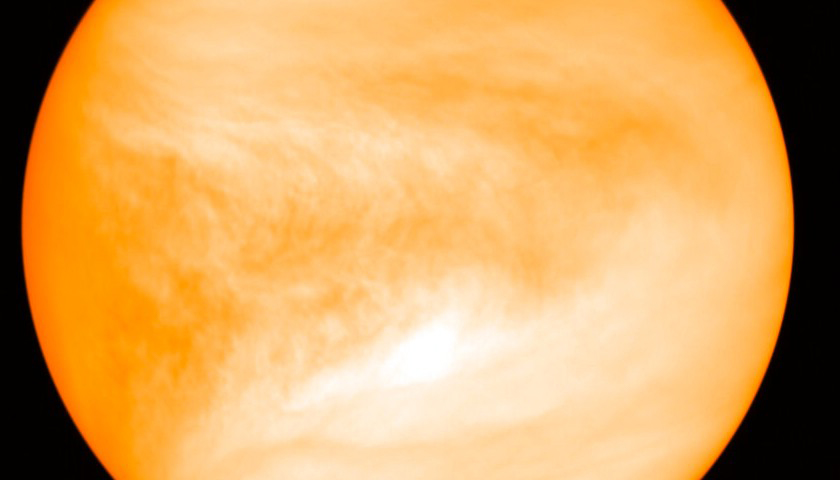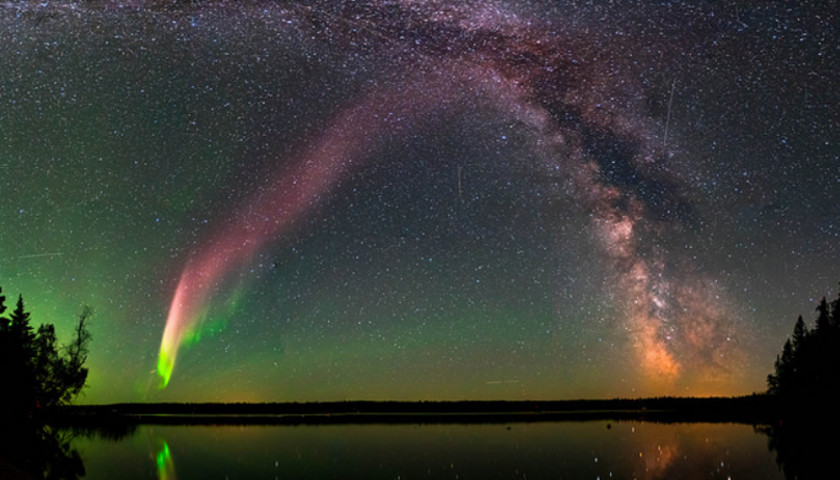Two assistant professors in the department of physics and astronomy at Vanderbilt University have been selected to receive funding for research as part of the U.S. Department of Energy (DOE) Early Career Research Program.
Read the full storyTag: astronomy
Commentary: The Reasons the Night Sky Isn’t White
The night sky, in all its astral beauty, has ever been a source of wonder for the human race. But over a century ago, some astronomers looked up and saw a paradox.
Why, they wondered, if the Universe is infinite, with an infinite number of stars, is the night sky not white? Every direction we look, there should be a star whose light has traveled all the way to Earth. So the night sky should be a sea of sunlight!
This conundrum is commonly called Olbers’ paradox, named after the German astronomer Heinrich Wilhelm Olbers, who wrote about it in the early 1800s, though he was not the first, nor the only, thinker to ponder it.
Read the full storyAstronomers See Possible Hints of Life in Venus’s Clouds
Astronomers have found a potential sign of life high in the atmosphere of neighboring Venus: hints there may be bizarre microbes living in the sulfuric acid-laden clouds of the hothouse planet.
Read the full storyEinstein Was Right: Astronomers Confirm Key Theory
A consortium of astronomers said Thursday they had for the first time confirmed a prediction of Albert Einstein’s theory of general relativity by observing the gravitational effects of a supermassive black hole on a star zipping by it. The German-born theoretical physicist had posited that large gravitational forces could stretch light, much like the compression and stretching of sound waves we perceive with the change of pitch of a passing train. Researchers from the GRAVITY consortium led by the Max Planck Institute for Extraterrestrial Physics realized that they had a “perfect laboratory” to test Einstein’s theory with the Sagittarius A* black hole in the center of the Milky Way. Black holes are so dense that their gravitational pull can trap even light, and the supermassive Sagittarius A* has mass four million times that of our sun, making it the biggest in our galaxy. Astronomers followed the S2 star as it passed close to the black hole on May 19 at a speed in excess of 25 million kilometers (15.5 million miles) per hour. They then calculated its velocity and position using a number of instruments and compared it with predictions made by Einstein that the light would be stretched by…
Read the full storySteve: A New Kind of Aurora Demystified by Scientists
Few things compare to the dazzling light show performed by nature’s northern and southern lights – but they’re not alone. It was only in the past few years that a new type of aurora was found. Thanks to the watchful eye of citizen scientists and photographers, we can now add to program an exquisite short-lived shimmering purple ribbon of plasma called Steve. Meanwhile, scientists have had time to carefully study the phenomenon in an attempt to learn what makes it tick.
Read the full storyStephen Hawking Has Died
Stephen Hawking, who has died aged 76, was Britain’s most famous modern day scientist, a genius who dedicated his life to unlocking the secrets of the Universe. Born on January 8, 1942 — 300 years to the day after the death of the father of modern science, Galileo Galilei — he believed science was his destiny.
Read the full storyGiant Exoplanet Hunters: Look for Debris Disks
There’s no map showing all the billions of exoplanets hiding in our galaxy — they’re so distant and faint compared to their stars, it’s hard to find them. Now, astronomers hunting for new worlds have established a possible signpost for giant exoplanets.…
Read the full storyThat’s No Moon … Saturn’s Satellite Looks Just Like The Death Star
NASA captured a photo of one of Saturn’s moons in a way that looks exactly like something out of science fiction. In its photo of the moon, Mimas looks a lot like the Death Star from the Star Wars movies, thanks in large part to its 88-mile-diameter crater. Saturn’s icy moon Mimas NASA/JPL-Caltech/Space Science Institute NASA’s…
Read the full story







